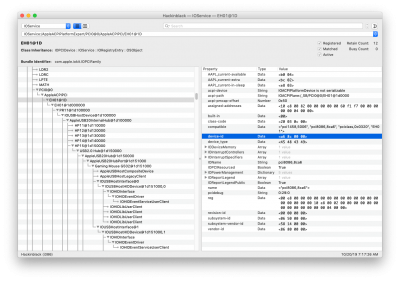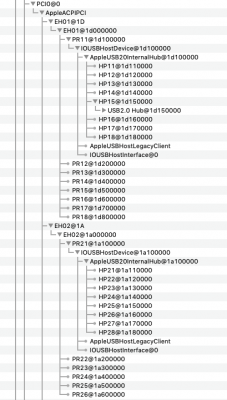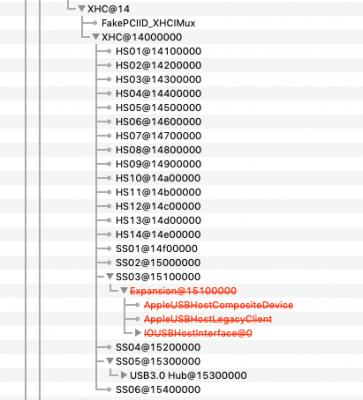UtterDisbelief
Moderator
- Joined
- Feb 13, 2012
- Messages
- 9,619
- Motherboard
- Gigabyte B760 Gaming X AX
- CPU
- i5-14600K
- Graphics
- RX 560
- Mac
- Classic Mac
- Mobile Phone
Thanks UtterDisbelief for your dedication mate, I really appreciate your help.
I tried to disable them all, no luck, still one controller visible..
Okay, but I am sorry, back in post #457 you had both controllers finally working. That means something you have done since has broken USB again.
You should perhaps go back and check what you have done since. I can't see that from here, sadly, and am working in the dark.



